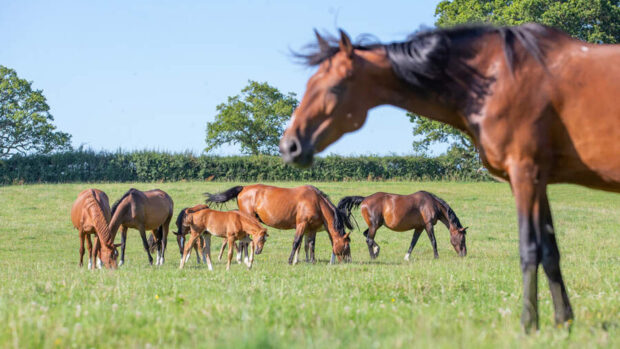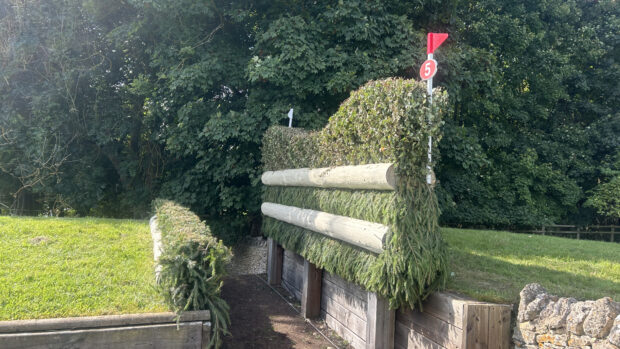Most of us ride across country because we are adrenalin junkies who love the thrill of riding at speed over solid obstacles.
We owe it to ourselves, our horses and the sport, to minimise as many risks as possible. At all levels, we have to be responsible in our riding. As a combination we have to be suitably fit for the courses we are taking on and we have to make sure we are competing at a level appropriate to the partnership’s capabilities.
While the horse’s job is to jump the fences, the rider’s job is to have the horse in balance and a good rhythm and to select the right pace for the various obstacles. At the same time, we need to be as economical as possible because cross-country success is all about time. I am always aware of making up time when I land, rather than taking unnecessary risks on the approach.
The one thing we should all work on is not how we look across country but our balance on the approach, over the fence and after it. At different fences you have to adopt a different position and there are some fences where you need to be behind the horse’s movement to be safe. The one place you never want to be is in front of the movement.
To keep horses confident, as riders we need to be in a position where we can do as little as possible, sit still and let the horse keep working things out for himself.
When riding cross-country, at all times we must be aware that anything can happen: a stumble, a peck, a slip, the horse leaving a leg, treading on an overreach boot or a front shoe. This is why we have to be in such a position that these moments don’t become unseating. From being in a balance, we have to have quick reactions to adopt the safety seat.
Lucinda Green had unbelievable flair in her cross-country riding and a unique safety seat. You never saw her in front of the movement. I tried to copy this style, but found it impossible. So I ended up using Ginny Elliot as my role model, as she was a similar size to me.
Mark Todd was a natural horseman whom you rarely saw out of balance or interfering; he had a wonderful way of staying with the horse — particularly amazing considering his height. William Fox-Pitt has a similar skill.
Although their height might make it harder for them to keep in balance, where tall people have the advantage is in the strength and length of their legs, which they can wrap around the horse.
SUBSCRIBE TO HORSE & HOUND AND SAVE Enjoy all the latest equestrian news and competition reports delivered straight to your door every week. To subscribe for just £1.43 a copy click here >>
|



